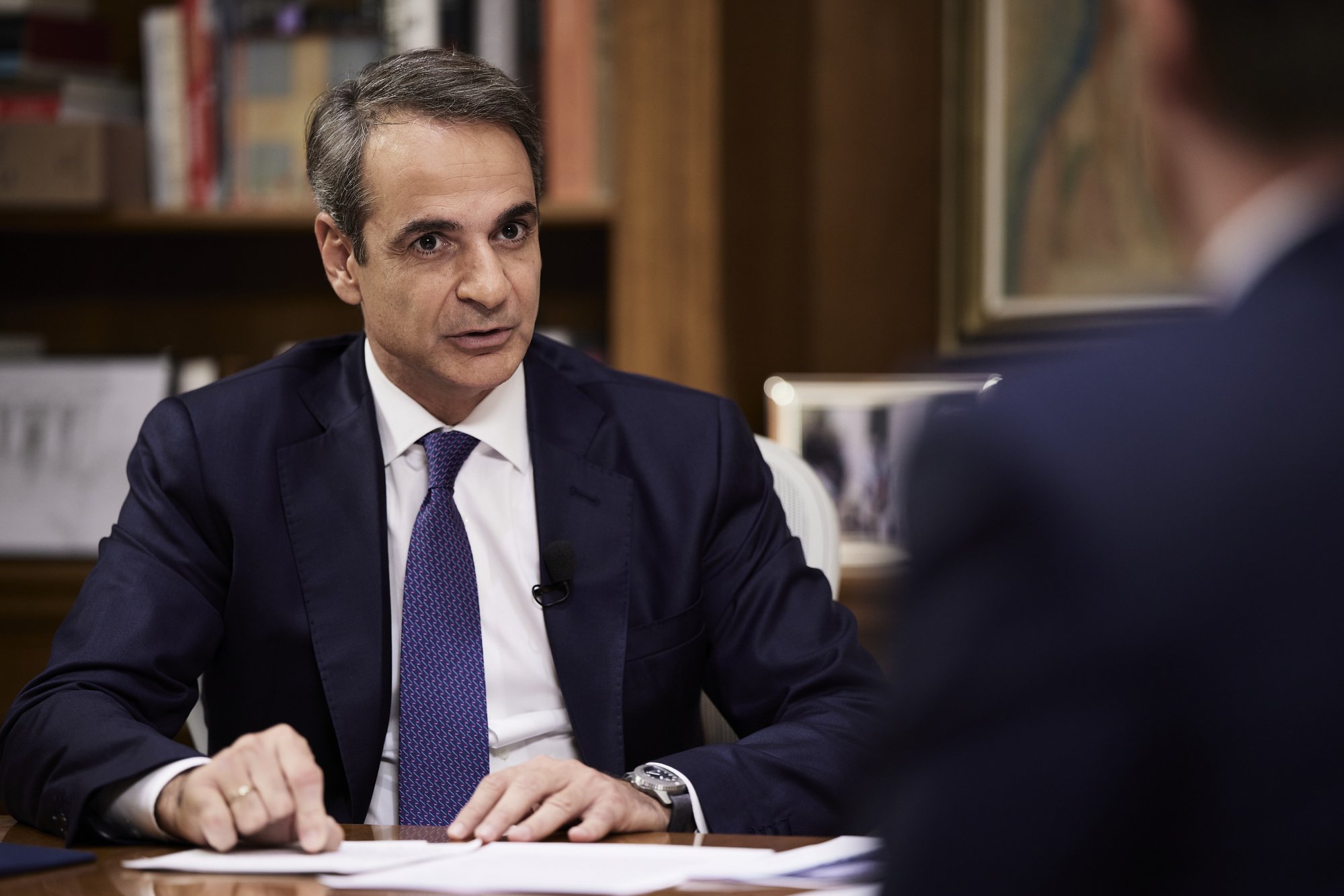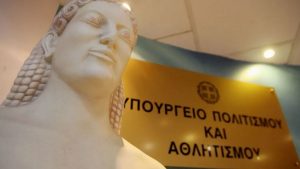Prime Minister Kyriakos Mitsotakis greeted the opening of the exhibition “Cycladic Art: The Leonard N. Stern Collection on Loan from the Hellenic Republic” at the Metropolitan Museum of Art in New York, emphasizing that part of his mission as Prime Minister is ensuring the return of Greek antiquities to Greece.
The Prime Minister was unable to attend the opening in person due to illness as he stated addressing the audience at the Met. In his speech, Mitsotakis stressed the importance of the collaboration of the Museum of Cycladic Art and the Metropolitan Museum as it proves that the promotion of antiquity through partnership – between museums and between nations – can indeed work.
This exhibition celebrates two years of hard work and discussions between the MET and the Greek government which led to an agreement that recognizes the ownership of the exhibition by Greece, without resorting to legal action. It ensures that the words “Loan of the Hellenic Republic – Ministry of Culture” are adopted as part of such an agreement for the first time internationally.
This collection will be presented in New York for the first time after part of it had been exhibited in Greece, its homeland. Out of the 161 artworks on display, 15 of the most prominent pieces have already been on display at the Museum of Cycladic Art in the last year, in a global premiere titled “Return: Cycladic Treasures on a Journey Home.”
“This collaboration sets new standards in the broader discussion of how we approach the issue of repatriating our antiquities,” the Prime Minister emphasized.
Referring to the return of the Parthenon Sculptures he said “The most iconic, the most significant artifacts of Classical Greece at its height today are not in Greece as a whole.”
Mistotakis stressed that his government has engaged in constructive discussions with the President of the British Museum about a possible new collaboration that would bring the two parts of the Sculptures together, as one, in Athens.
“Allow me to be clear, we will insist on their reunification for many reasons, but one, in my opinion, is the most crucial: because only by seeing them together, in the shadow of the Acropolis, can we truly appreciate their immense cultural significance for Western civilization,” he concluded.






